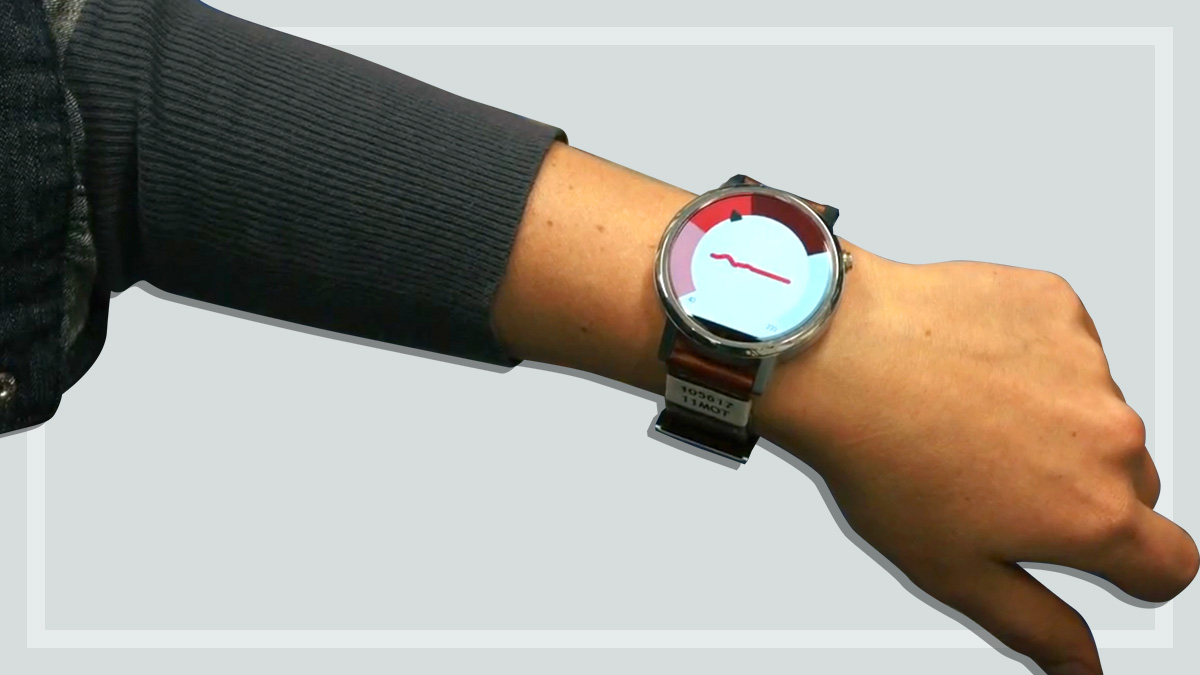Get our independent lab tests, expert reviews and honest advice.
How to buy the best heart rate monitor

Your heart rate (the number of times your heart beats per minute) is not just something that gives you trouble during the grand final. It’s also a good way to measure whether you’re exercising at the right intensity. You want it to be hard enough to get results, but not so hard that you’re risking your health (or making yourself miserable!).
On this page:
- Consider a fitness tracker or smartwatch instead, as many of these include heart rate monitors (we test them for accuracy and most do pretty well).
What is a heart rate monitor?
Heart rate monitors typically have two parts: a chest belt that detects and transmits your heart beat, and a watch that displays the heart rate. The chest belt has built-in electrodes that need to be against bare skin – you simply adjust the belt to fit, with the transmitter placed over the middle of your chest. To start you need to wet the electrodes to improve contact with your skin, but during a workout your sweat will keep the connection strong.
Some models are a watch only, with the heart rate sensors built in to the wrist strap/unit.
For those with a medical condition, it’s important to regard a heart rate monitor as an exercise device only – heart rate monitors will not be able to detect when the heart rate is acting abnormally and the heart rate shouldn’t be relied upon to indicate anything except how fast your heart is beating.
Features to look for
Comfortable fit
Heart rate monitors vary in comfort and design, so be sure to try them before buying. An easily-adjustable chest belt will help you make the belt comfortable for your size.
Display
The watch screen should be easy to read with a large display, good contrast, large numbers and text. A backlight makes it easier to see the watch screen in low light – which is good if you run in the evening, for example.
Maximum heart rate
By entering your age and sometimes other variables, most heart rate monitors can determine a maximum heart rate, which helps set boundaries in training. Most monitors give a warning alarm should your heart rate go too high.
Batteries
Replaceable batteries, whether for the chest belt or the watch, should be simple to remove and replace without need of a service centre or jeweller.
Apps
Some monitors can link to apps on a smartphone or to a computer, for additional fitness data and analysis.
Functions
- Countdown mode makes a good training aid when working out for specific periods of time.
- Calorie counters are a useful indicator of how many calories are being consumed in your workout.
- Recovery mode shows how quickly you recover from a workout; the quicker your recovery, the fitter you are.
- Record lap function gives the ability to record laps and compare the lap times.
- Heart touch function can indicate your BPM by touching the heart rate monitor to your chest belt.
- Vibration alerts instead of, or in addition to, an audible alarm, can be useful.
- User profiles let multiple users wear the heart rate monitor, recording the age, gender, height and weight of each for a more accurate reflection of fitness requirements.
The body and BPM
To get the best out of a heart rate monitor, calculate your maximum heart rate to determine the BPM boundaries you should exercise within. For a very rough estimate of your maximum heart rate, try this formula: 220 minus your age. Other, more complex formulae will give you a more accurate reading based on your resting heart rate. As a general guideline, aim for 80% to 85% of your maximum heart rate for a tough workout, or 65% to 75% for a moderate workout. How hard you should exercise will depend on your age, health and other circumstances.
Cost to buy and ongoing costs
Buying a heart rate monitor will cost from $60 to over $400 but that’s just the beginning of the journey.
You can expect to replace the battery at least every three to five years, depending on your usage. The chest belt will also deteriorate over time. If you use your monitor a lot, you may need to replace the chest strap more often than the watch battery.
The batteries in some watches and chest belts can last up to several years, depending on how much you use them. Prices for replacing batteries range from $10 to $35 and replacing the chest belt can range from $20 to $120. Check with your retailer before you purchase and factor in the price of having to take them to a jeweller or service centre if required.


